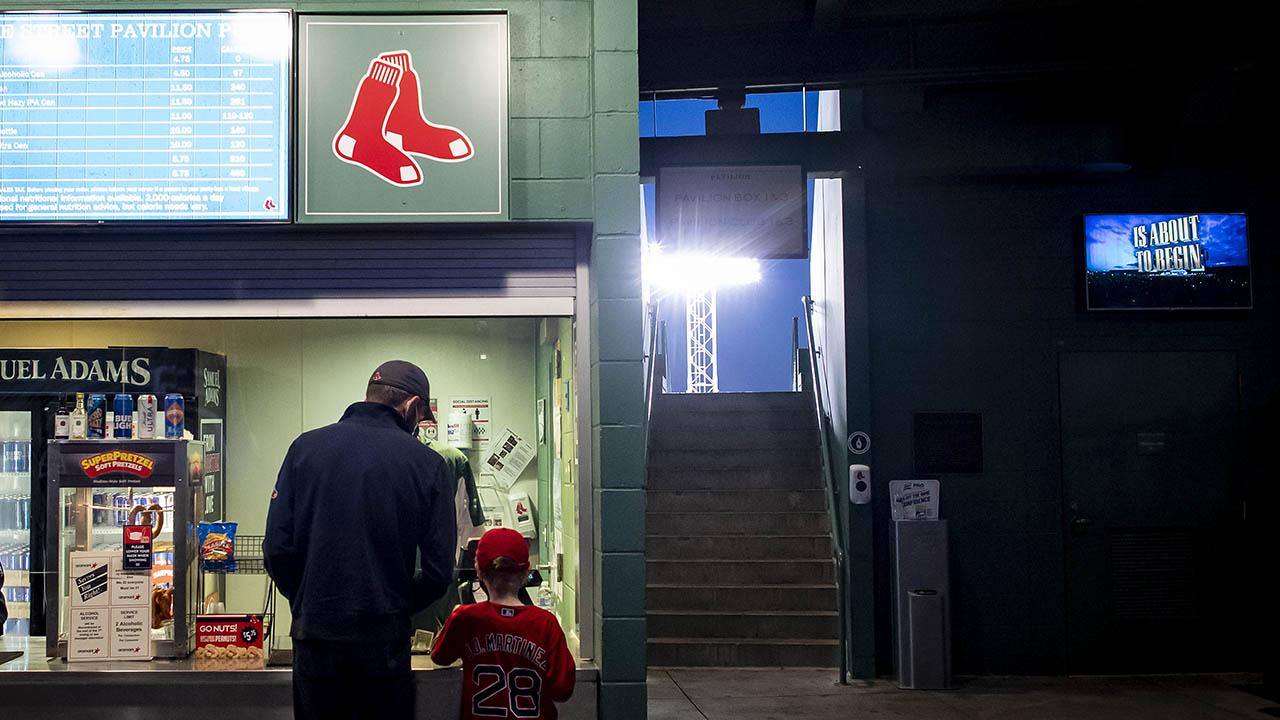Robot vacuums vs. stick vacuums: Shopping advice from someone who has both


Determining whether you should buy a stick vacuum or a robot vacuum requires more than a surface-level comparison of suction power or battery life. It involves a cold, hard look in the mirror and some introspection: How often would you realistically do the cleaning yourself?
Factors like the size of your home and whether you have pets do matter, of course. But the stick vacuum vs. robot vacuum conversation really comes down to how picky you are about cleanliness and whether or not you care enough to ensure the vacuuming job is done thoroughly by doing it manually. I have both types of vacuums in my apartment, and have tested dozens of models of each variety over the past few years. I'm breaking down the pros and cons of each below.
The case for a robot vacuum


"The only way my house is going to get vacuumed every day is if a robot does it." I've heard that sentiment from more than one person when they ask me for a vacuum recommendation. If that resonates, you should definitely choose a robot vacuum.
It's also much easier to find a robot vacuum that mops than a stick vacuum that mops. Is the scrubbing as thorough as what you may be able to do with a manual mop? No, but automated mopping is more sanitary than forgetting to mop your floor for months on end. My favorite robot vacuum of 2025, the Roborock Saros 10R, is actually really good at mopping in corners, too.
Robot vacuums are typically less work to maintain as well. It's more common than not for robot vacuums to auto-empty nowadays. Self-emptying robot vacuums deal with their own dustbins for several weeks (up to a few months) at a time. Many mopping robot vacuums can also refill their own water tanks and wash and dry their own mopping pads after each use. Parents or folks with busy schedules would probably appreciate the ability to set a robot vac to clean before they even get home, even if the clean isn't 100 percent as meticulous as a human wielding a cordless vacuum.


Some robot vacuums take automation further with features like small obstacle avoidance and livestream pet cameras. These take the hands-off-ness of it all up a notch — you're less likely to come home to a robot vacuum stuck on a sucked-up sock, or can check in on your pets when you're not home. However, it's important to keep in mind that you'd be paying a lot more to keep your robot vacuum out of trouble than you would if you were simply the one at home cleaning. The most advanced robot vacuums are generally much more expensive than the most advanced stick vacuums, costing between several hundred to even $1,000 or more for full automation.
The case for a stick vacuum


No one can argue with the fact that humans are just smarter cleaners than robotic vacuums. We can visualize the spots that need to be cleaned more scrupulously than a robot vacuum can, and sneak stick vacuums into tight spots that even the smartest robot vacuums can't figure out. There's a lot of furniture that's too low clearance for even the slimmest robot vacuums. The 2.85-inch Roborock Saros 10R that I love can't clean under my dresser or nightstand, but my Dyson V12 Detect Slim can.
Physically speaking, there are also a ton of spots where robot vacuums quite literally cannot clean, like furniture, staircases, ceiling corners, or car seats. If you have pets that hang out on (and shed on) your couch or bed, a stick vacuum that converts into a handheld is crucial.


Suction power-wise, it's true that upright stick vacuums are generally more powerful than robot vacuums. I mean, there could be an instance where a really high-end robot vacuum with 22,000 Pa suction is more powerful than a cheap stick vacuum. But in general, if you're comparing models at similar price points, the cordless stick vacuum is probably going to have better suction. Some Dysons, in particular, also enhance cleaning thoroughness with a laser that illuminates microscopic dust or hair that you wouldn't have seen otherwise. My brain chemistry was altered when I first experienced the laser on my Dyson V12 Detect Slim, and I've never been able to go back.
A few years ago, if you really wanted a vacuum that could empty itself, you'd be pretty firmly in robot vacuum territory. But now there are a ton of self-emptying cordless stick vacuums — I can't stop recommending the $549.99 Shark PowerDetect to people. Each time I hang it back up after cleaning, it automatically sucks the contents of its dust bin into the dock it charges on. That means I start every new cleaning session with an empty dust bin, and can literally see how much cat hair is coming off of the rug in one specific room. Dyson is the only main cordless vacuum brand that doesn't make a self-emptying vacuum yet.
Depending on the storage situation in your home, a stick vacuum might be awkward to keep out of sight. For example, if you live in an apartment with limited closet space, storing a stick vacuum could be a pain. You'd either have to drill holes to hang it on the wall, shove it under a couch, or let it lean in the corner full time.
The case for getting both
But the answer I really want to give here is probably the most annoying one: Instead of choosing between a robot vacuum or a stick vacuum, just get both.
That sounds like a really expensive, really extra solution on its face. But it doesn't have to be. Let's say your budget was between $500 and $600 — a very common price point for a lot of mid-range vacuums of the robot and stick variety. Instead of going all in on one type of vacuum, you could be strategic and buy a $300 version of each (I've tested a ton of good, cheap robot vacuums, and Shark has several solid, affordable cordless vacuums). That way, you're securing hands-free light upkeep on a day-to-day basis, but have the option to do a more detailed manual cleaning when you have time.
(Splitting the cost won't exactly work if you're not trying to spend more than, say, $200. In that case, refer to my arguments above.)
I also think there's a real future for vacuums that are both. The affordable Eufy E20 3-in-1 is a robot vacuum that turns into a stick vacuum (a pretty powerful one at that), and that's exactly why it's my pick for the most underrated vacuum of 2025 so far. I'm convinced that practical versatility like that is quickly going to prove more valuable to the average person than super high-tech vacuum concepts like the $2,599 Roborock robot vacuum with a robotic arm... that misses half the time.












































.png?Expires=1838763821&Key-Pair-Id=K2ZIVPTIP2VGHC&Signature=IO0~CT3pU-TcxGc~yoZSmoQx23MZVuK-~4jSii~NKEblRmyO3el7NXPu~Rh1o23voASg7hlcHLw4kvQuDK1jssEhcjoNBBvEpZ~GGOAU6yosBhpHpeF179F~h7i6VxmsBNh9gtTutkoqY73O2YCFey~IAqSzKbBqETP1kP9cAg1916Z1YkJJs-5MliMrkZ5d7-mWGLbpHp2wGj2VlMph8XzYlL4~y1O7fB~JdIS~Rs4RMRs2x0WT1qUIpHAsf3GdwtOyAmKFSpIg8xCyNGZZ5h~13nXlmpd7uPvW8tBfttpG9pFTqcway-uch5WyfHOEfi7UlJCOWrr6fCYY5PMgSg__)







